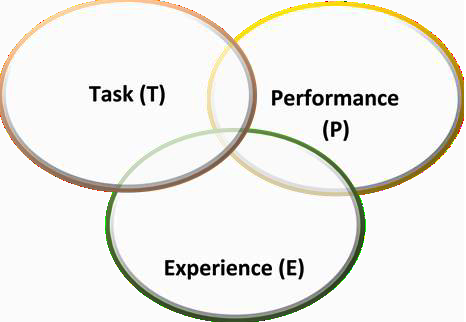
 Data Structure
Data Structure Networking
Networking RDBMS
RDBMS Operating System
Operating System Java
Java MS Excel
MS Excel iOS
iOS HTML
HTML CSS
CSS Android
Android Python
Python C Programming
C Programming C++
C++ C#
C# MongoDB
MongoDB MySQL
MySQL Javascript
Javascript PHP
PHP
- Selected Reading
- UPSC IAS Exams Notes
- Developer's Best Practices
- Questions and Answers
- Effective Resume Writing
- HR Interview Questions
- Computer Glossary
- Who is Who
What are different components of a machine learning algorithm?
To understand various components of a machine learning algorithm, we first understand the definition of machine learning given by Professor Mitchell −
“A computer program is said to learn from experience E with respect to some class of tasks T and performance measure P, if its performance at tasks in T, as measured by P, improves with experience E.”
As we can see the above definition, the main components of any machine learning algorithm are Task(T), Performance(P), and Experience(E).

Based on these three components, let’s simplify the definition of machine learning −
Machine learning is a subset of Artificial Intelligence (AI) and a field of computer science that consists of learning algorithms improving their performance (P), at executing some tasks say T, over the time with experience E.
Task (T) − A task (T) should be defined in a two-fold manner- One is from a problem’s perspective and other is from ML perspective. From a problem's perspective it can be defined as the real-world problem to be solved. For example, the problem can be anything like finding the best marketing strategy or predicting the house price. Whereas from ML perspective a task T is based on the workflow that the system should follow to operate on sample data points. For example, Classification, Regression, Anomaly detection, Clustering, Transcription, etc. are some of the tasks that could be classified as machine learning based tasks.
Experience (E) − Experience, in layman terms, is the knowledge someone gets by doing something or observing someone else doing it. Whereas, experience, in the case of machine learning-based tasks, is the knowledge gained from sample data points. Once an ML algorithm gets the data points, it runs iteratively and learns from the inherent pattern. Supervised, unsupervised, semi-supervised, and reinforcement learning are some ways of learning and gaining experience.
Performance (P) − How can you say our machine learning model, which is supposed to perform a task T and gaining experience E from sample data points over time, is performing well or not? This is where the third component called performance (P) comes into the picture. It is a quantitative metric used to measure how well a machine learning model is performing the task(T) with experience(E). Some of the performance metrics to measure the performance of our ML model are Accuracy score, F1 score, precision, Confusion matrix, recall, and sensitivity.

